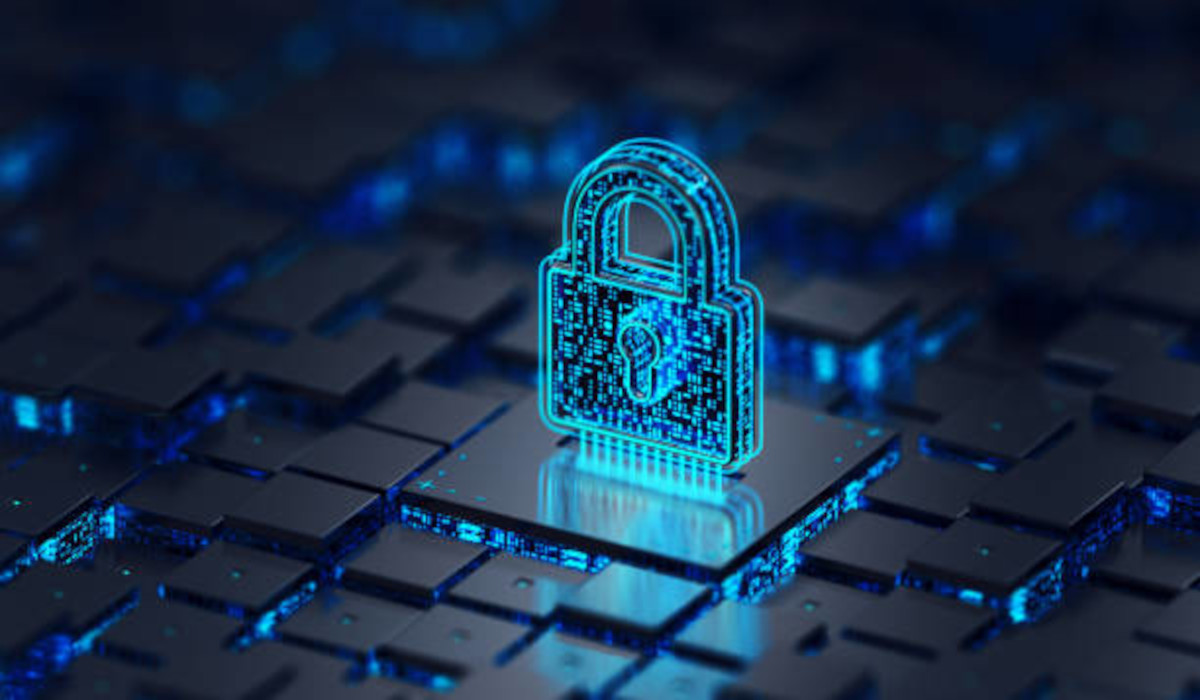New Head of Enterprise Risk Management Toolkit
Building a Successful ERM Program
This toolkit helps new leaders build a successful Enterprise Risk Management (ERM) program. Stepping into this role can be both exciting and challenging. This guide offers practical advice and best practices to help you navigate this important responsibility. Effective risk management is essential for any organization, and a strong ERM program is key to that success. This guide focuses on what you, as a new head, need to do to build a robust and proactive risk management system.
Understanding the Big Picture
Initial Assessment and Engaging with Your Team
Your first step is to understand your organization's current risk management practices. Review existing policies, procedures, and risk registers. Most importantly, talk to people across all departments. Their views on current risks and how much risk the organization should take will shape your ERM program. Building good relationships and open communication is crucial for long-term success.
Setting the Vision and Goals
A clear vision is essential. As the new head, you should define a vision for the ERM program that aligns with the organization's overall goals. This vision should describe the ideal future of risk management in the organization. Set specific, measurable, achievable, relevant, and time-bound (SMART) goals to guide the program's development and implementation. These goals should cover key risk areas and show how the ERM program will benefit the organization.
Building the ERM Program
Defining Your Risk Appetite
A risk appetite statement defines how much risk the organization is willing to accept while pursuing its goals. This statement is a vital guide for decision-making at all levels. It provides a framework for assessing potential risks and deciding how to respond. A well-defined risk appetite statement is essential for aligning risk management with the organization's overall strategy.
Identifying and Assessing Risks
A strong process for identifying and assessing risks is the foundation of any effective ERM program. This process should be systematic and cover all parts of the organization. It should involve identifying potential risks, analyzing how likely they are and how much impact they could have, and then prioritizing them. Use various techniques like brainstorming, SWOT analysis, and scenario planning. Make sure the methods you choose are appropriate for the organization's size and complexity.
Responding to Risks
Once you've identified and assessed risks, you need to develop and implement responses. These responses might include avoiding the risk, reducing it, transferring it (like through insurance), or accepting it. The best approach depends on the organization's risk appetite and the specific risk. Make sure these strategies are well-documented and communicated clearly to everyone involved.
Keeping the Program Strong
Monitoring and Reporting
Regular monitoring and reporting are essential for keeping the ERM program effective. Risks change, and the organization's environment is always evolving. Regular monitoring helps you spot new risks and track how well your risk responses are working. Regular reports give stakeholders insights into the organization's risk profile and how the ERM program is performing.
Continuous Improvement The ERM program should always be improving. Regularly review its effectiveness and find areas for improvement. Get feedback from stakeholders, compare your program to best practices, and learn from past experiences. Risk Cognizance GRC can provide valuable data and analytics to support this continuous improvement process. By constantly improving, you can ensure the ERM program, supported by Risk Cognizance GRC, stays relevant and effective in supporting the organization's goals.
This toolkit is a starting point for new ERM leaders. By focusing on these key areas, and leveraging the power of Risk Cognizance GRC, you can build a strong framework that protects the organization and helps it succeed. Remember, effective risk management is ongoing. Continuous commitment and engagement are essential for its success. This guide empowers you to navigate the complexities of risk management and build a program that truly adds value.

